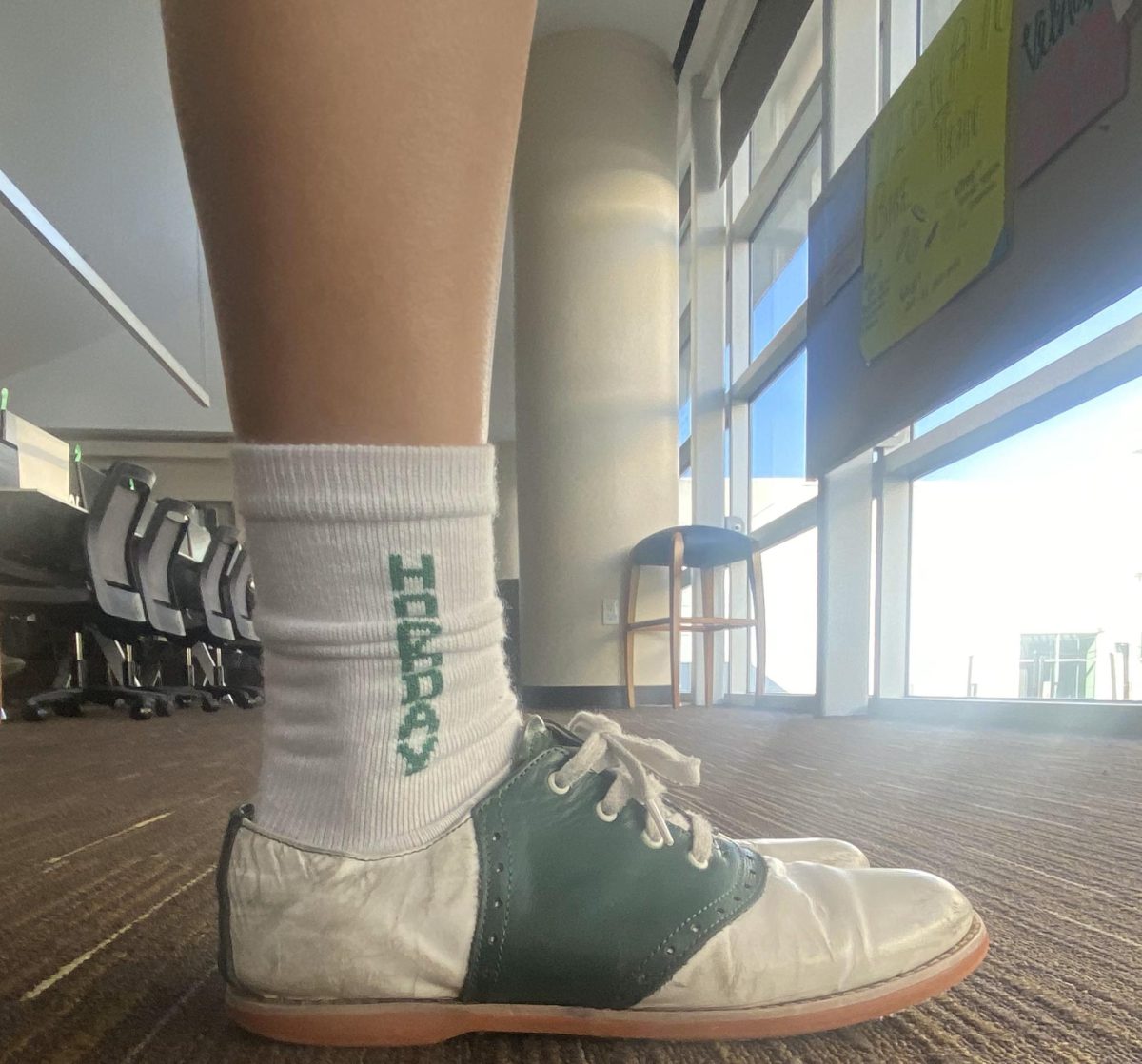
Imagine not being able to check your bank account. How would you budget or make decisions without knowing where you stand? Or training for a marathon without being allowed to see your progress until race day. Without feedback along the way, how would you know when to push harder, when to rest or even know if your training plan is working?
Real-time grade access works the same way. It allows students to see where they’re excelling, where they’re falling behind and what adjustments they need to make to learn from their mistakes. Just like athletes need performance data to train intelligently, students need academic data to grow strategically.
For years, an important question continues to stir debate: should academic growth matter more than grades—or should the two go hand in hand? While students do agonize over whether a B in an honors or AP class is better than an A in a regular course, calculate their GPAs obsessively and fear that a low grade might derail their future, one thing makes this stress even worse: not being able to see grades in real time.
This isn’t about obsessing over every point—it’s about having the tools to succeed. When we can monitor our own progress in real time, we become more informed, more accountable and more empowered.
Without regular access, students lose valuable time soliciting teachers for feedback when they could have spent that time improving. It’s not just inconvenient—it’s counterproductive. Especially in cumulative subjects like math or language, seeing progress early and throughout the semester is key to staying on track.
More importantly, uncertainty builds anxiety. When we don’t know where we stand, our minds often assume the worst. Providing real-time access to grades helps replace fear with clarity and allows us to take control, identify areas for improvement and feel confident rather than blindsided. Further, we can celebrate progress and develop habits that lead to long-term success.
Additionally, colleges give access to grades consistently, so why shouldn’t high school?
In most universities, students can check their grades for individual assignments the moment they’re uploaded, enhancing student performance. Professors don’t wait until midterms or finals to share progress, so students know where they stand leading up to those exams.
Many college preparatory high schools use standard platforms like Blackbaud to post real-time grades, a resource that is underutilized at our school. Part of college readiness is the transparency of using such platforms to allow students to track their grades easily in one place. It’s an empowering way of being trusted with the information you need to manage your own education.
Our teachers go the extra mile to curate college-level classes like senior seminars and elective courses, meeting in collaborative, lecture hall-style classes and implementing midterms. If the goal of these formats is to develop college-ready students, then giving us the same academic tools we’ll have in college could propel students to become even better.
As we operate like college students in terms of course rigor and scheduling, we should be trusted with the tools to manage that workload effectively as well. Delaying grade access may hinder that growth.
Although limiting emphasis on grades can foster a love for learning without the constant stress of achievement, it can also cause unnecessary confusion and a sense of disturbing uncertainty.
Hockaday is intentional about preparing us for the next chapter. We’re immersed in a college-like environment long before we receive a diploma. We understand that grades don’t define us. But they do inform us. And the more informed we are, the more confident we can be.
If Hockaday truly champions female leadership and self-advocacy, then trusting us with this level of academic feedback isn’t just an exception to the mission; it’s a missing piece of it.










